Foot and Ankle Conditions
- Bunion

A bunion is a bony protuberance that appears on the outer surface of the big toe when it angles toward the adjacent toe. It is an extra bone and a fluid-filled sac that grows at the base of the big toe.
Know More Launch Movie - Achilles Tendon Rupture
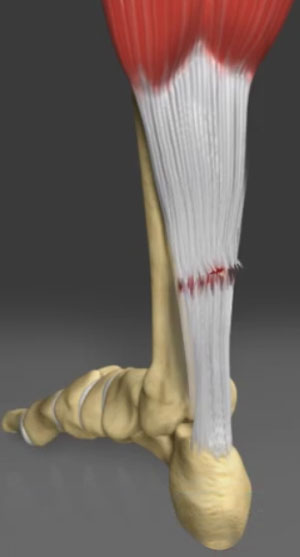
The Achilles tendon is a strong fibrous cord present behind the ankle that connects the calf muscles to the heel bone. It is used when you walk, run and jump. The Achilles tendon ruptures most often in athletes participating in sports that involve running, pivoting and jumping. Recreational sports that may cause Achilles rupture include tennis, football, basketball, and gymnastics.
Know More - Ankle Fracture
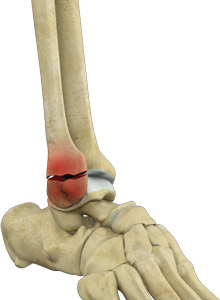
Ankle injuries are very common in athletes and individuals performing physical work; often resulting in severe pain and impaired mobility. Pain after ankle injuries can either be from a torn ligament (ankle sprain) or broken bone (ankle fracture).
Know More Launch Movie - Ankle Instability
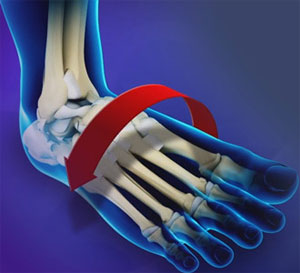
The joints of the ankle are held in place and stabilized by strong bands of tissue called ligaments. Ankle instability is a chronic condition characterized by a recurrent slipping of the outer side of the ankle. It usually results from repeated ankle sprains, which are injuries to the ligaments. Ankle instability is generally noticed when you move your ankle joint but can also occur while standing.
Know More - Ankle Ligament Injury
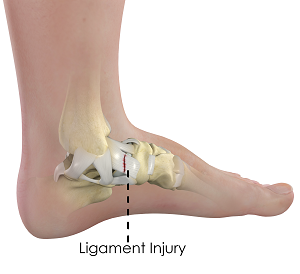
An ankle ligament injury, also known as an ankle sprain, can be caused by a sudden twisting movement of the foot during any athletic event or during daily activities. When stretched beyond its limit, the ligament may partially or completely tear. The injury can range from mild to severe, depending on the condition of the injured ligament and the number of ligaments involved.
Know More - Foot and Ankle Arthritis
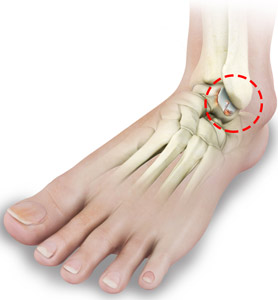
Arthritis is the inflammation of joints as a result of degeneration of the smooth cartilage that lines the ends of bones in a joint. This degeneration of the cartilages leads to painful rubbing of the bones, swelling, and stiffness in the joints, resulting in restricted movements. Arthritis in the foot and ankle can occur due to fractures, dislocation, inflammatory disease, or congenital deformity.
Know More - Ankle Sprain

A sprain is the stretching or tearing of ligaments. Ligaments connect adjacent bones and provide stability to a joint. An ankle sprain is a common injury that occurs when you suddenly fall or twist the ankle joint, or when you land your foot in an awkward position after a jump. Most commonly, it occurs when you participate in sports, or jump or run on a surface that is irregular.
Know More Launch Movie - Athlete’s Foot

Athlete's foot, also known as tinea pedis, is a fungal infection that forms on the skin of the foot. It is characterized by itchy, moist, white, scaly lesions between the toes that can spread to the sole of the foot. Athlete’s foot is contagious and spreads through contact with infected skin scales or fungi in moist areas such as swimming pools and bathrooms, or from sharing shoes of an infected person or having contact with pets carrying the fungi. It is a chronic infection that can recur after treatment.
Know More - Congenital Deformity
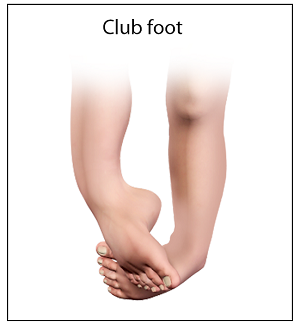
Congenital deformities of the lower limbs are developmental disorders that are present at birth, causing alterations in the shape and appearance of the legs. Several factors such as genetics, teratogenic drugs, and chemicals can cause congenital deformities.
Know More - Diabetic Foot Conditions
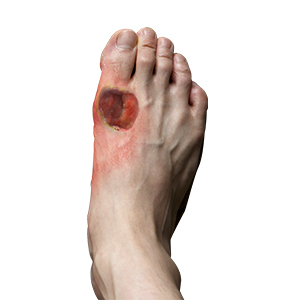
Diabetes is a chronic condition that is characterized by high blood glucose (sugar) levels. Diabetic patients are at high risk for developing chronic wounds, especially in the feet. If left untreated, these wounds can cause serious problems that can lead to infections and eventually gangrene, which may require amputation.
Know More
